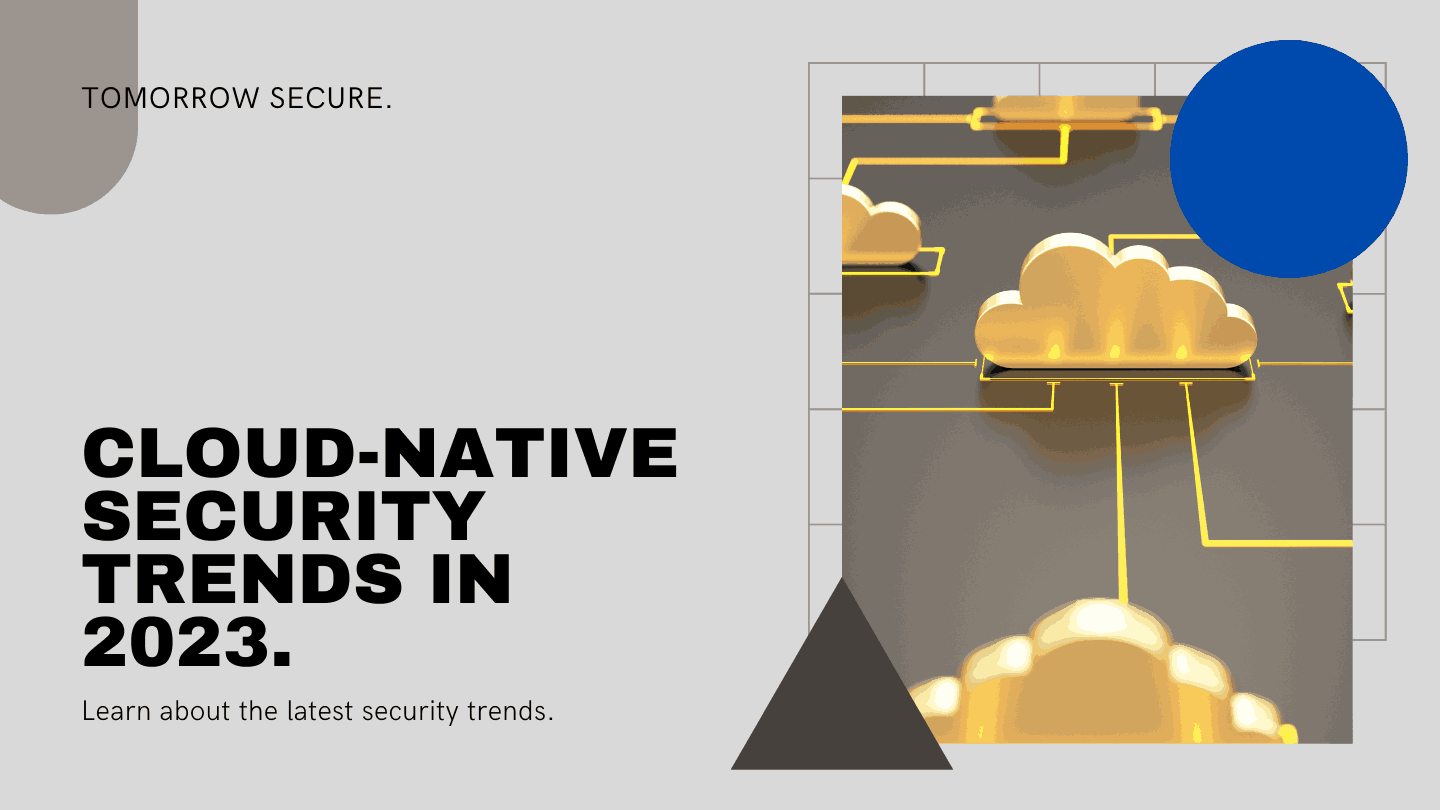Managing Software Vulnerabilities with Dependency-Track
Discover how Dependency-Track helps manage software vulnerabilities, ensuring security, compliance, and efficiency in your development workflows.
Efficiency is the lifeblood of modern software development, yet the use of open-source and third-party components creates serious security risks. Dependencies are now the foundation of contemporary applications, but they also include flaws that, if ignored, could put systems at risk. With businesses depending more and more on external libraries and frameworks, software supply chain security is more important than ever.
This is where Dependency-Track emerges as a powerful ally. As a specialized tool for software composition analysis (SCA) and software supply chain security, Dependency-Track offers organizations the ability to monitor, assess, and mitigate vulnerabilities effectively. Let’s dive into how this tool revolutionizes vulnerability management and enhances application security in today’s dynamic development landscape.
Understanding Dependency-Track
Dependency-Track is an open-source platform designed to help organizations identify and manage vulnerabilities within their software dependencies. Here are its core features and capabilities:
- Platform Overview: Dependency-Track offers thorough information about your software components' security posture. It provides real-time information on possible vulnerabilities and blends in perfectly with current development methods.
- Integration with Existing Workflows: CI/CD pipelines and other DevSecOps tools can be easily integrated with the platform thanks to its API-driven architecture. This guarantees that security is incorporated into the development process without interfering with ongoing procedures.
- Software Bill of Materials (SBOM) Management: Dependency-Track is an excellent tool for managing SBOM, which allows teams to keep track of each component in their applications. It guarantees thorough and precise dependency monitoring by supporting SBOM standards as CycloneDX and SPDX. Dependency-Track enables enterprises to keep a strong development pipeline and stay ahead of possible threats by integrating these functionalities.
Key Benefits of Dependency-Track
Adopting Dependency-Track offers a range of benefits that enhance both security and operational efficiency:
- Real-Time Vulnerability Monitoring: Stay updated with real-time alerts on vulnerabilities that impact the dependencies you use. Dependency-Track ensures timely information about Common Vulnerabilities and Exposures (CVEs) by integrating with the National Vulnerability Database (NVD) and other sources.
- Automated Risk Assessment: Dependency-Track assesses a component's risk level by considering its usage, severity, and vulnerabilities. By concentrating resources where they are most required, automated risk assessment aids in prioritizing remedial activities.
- Component Inventory Management: Keep a thorough record of every piece of software, including third-party modules and open-source libraries. This visibility is essential for spotting out-of-date or unsafe parts.
- Policy Compliance Enforcement: Establish guidelines for acceptable risk levels to guarantee compliance with security policies and legal requirements. The policy engine of Dependency-Track streamlines audits and governance by automating compliance checks.
These benefits make Dependency-Track an indispensable tool for organizations striving to balance speed, security, and compliance in their development workflows.
Implementation Guide
Setting up Dependency-Track and integrating it into your workflows requires careful planning. Here’s how to get started:
1. Setup and Configuration:
- Install Dependency-Track on the server or cloud environment of your choice.
- For thorough screening, set up the platform to interface with vulnerability databases such as NVD and OSS Index.
- To guarantee safe use, set up user roles and access rights.
2. Integration with CI/CD Pipelines:
- Automate vulnerability detection during builds by integrating Dependency-Track into your CI/CD processes.
- Utilize tools such as GitHub Actions, Jenkins, or GitLab CI to initiate dependency-As part of the deployment procedure, track scans.
- Make sure stakeholders are aware of security threats prior to releases by automating reporting.
3. Best Practices for Deployment:
- Regularly update Dependency-Track and vulnerability feeds to stay current with emerging threats.
- Define clear remediation workflows to address identified vulnerabilities promptly.
- Establish thresholds for acceptable risk levels and integrate them into your automated policies. Following these steps ensures smooth integration and optimal performance of Dependency-Track within your organization.
Real-World Applications
Dependency-Track has proven its effectiveness across various industries and use cases:
1. Use Cases and Success Stories:
- By including Dependency-Track into its DevSecOps pipeline, a finance organization was able to minimize its exposure to third-party vulnerabilities by 70%.
- By using SBOM management and real-time monitoring a healthcare provider was able to comply with strict regulatory norms.
2. Common Challenges and Solutions:
- Challenge: High false positive rates in vulnerability detection are a challenge.
- Solution: Dependency-Track's rating approach reduces noise by distinguishing between serious vulnerabilities and low-impact problems.
- Challenge: Managing extensive dependency inventories can be challenging.
- Solution: Even for large-scale projects, the platform's inventory management features make tracking and maintenance easier.
3. ROI Considerations:
- Reduced remediation costs by identifying vulnerabilities early in the development cycle.
- Minimized risk of costly data breaches by maintaining a secure software supply chain.
Best Practices for Dependency-Track
To maximize the value of Dependency-Track, consider these best practices:
1. Optimize Docker Layers:
- Use multi-stage builds to minimize the size of container images and reduce build times.
- Leverage caching strategies to reuse unchanged layers, speeding up deployments.
2. Enhance Kubernetes Deployments:
- Use rolling updates for zero-downtime deployments.
- Monitor resource utilization to ensure efficient scaling and optimal performance.
3. Secure Your Pipelines:
- Integrate Dependency-Track with DevSecOps tools to automate security checks.
- Regularly review and update policies to align with emerging security challenges.
4. Avoid Common Pitfalls:
- Overlooking license compliance for open-source components.
- Failing to act on vulnerability alerts promptly.
5. Prioritize Security:
- Incorporate periodic vulnerability scans into your workflows.
- Educate your teams about the importance of software supply chain security.
Conclusion
In an era where software dependencies are both essential and dangerous, Dependency-Track provides a complete solution for efficiently managing vulnerabilities. It gives businesses the ability to create safe and robust applications by facilitating real-time monitoring, automating risk assessments, and guaranteeing compliance.
Proactive steps that put security first without sacrificing effectiveness are the way of the future for dependency management. This strategy is best demonstrated by Dependency-Track, which is why it is an essential tool for contemporary development teams.
1. What is Dependency-Track?
Dependency-Track is an open-source platform for tracking components in the software supply chain of your application and addressing software vulnerabilities.
2. How does Dependency-Track support SBOM management?
All application components may be accurately tracked and managed thanks to its support for SBOM standards like CycloneDX and SPDX.
3. Why is real-time monitoring important?
By ensuring prompt vulnerability discovery and mitigation, real-time monitoring lowers the chance of exploitation.
4. Is it possible to integrate Dependency-Track with CI/CD pipelines?
Yes, it easily interfaces with well-known CI/CD technologies, automating security tests while the project is being developed.
5. What industries benefit from Dependency-Track?
Dependency-Track is perfect for sectors where safe software supply chains are essential, such as eCommerce, healthcare, and finance.
Struggling with tech decisions? A Fractional CTO provides flexible, scalable solutions for digital transformation. Learn how to hire the right expert for your business.
EaseCloud streamlines service mesh adoption, helping you deploy and scale Istio or Linkerd for top-tier security and performance.

